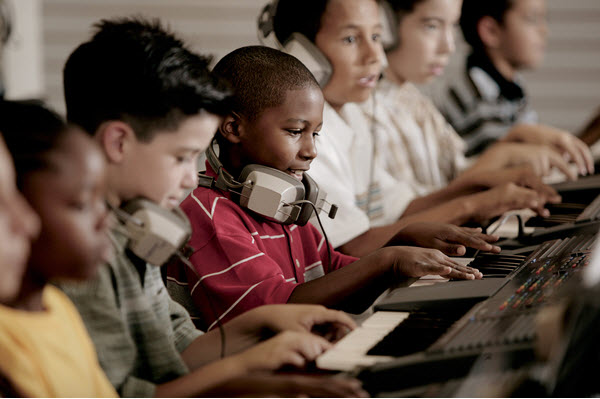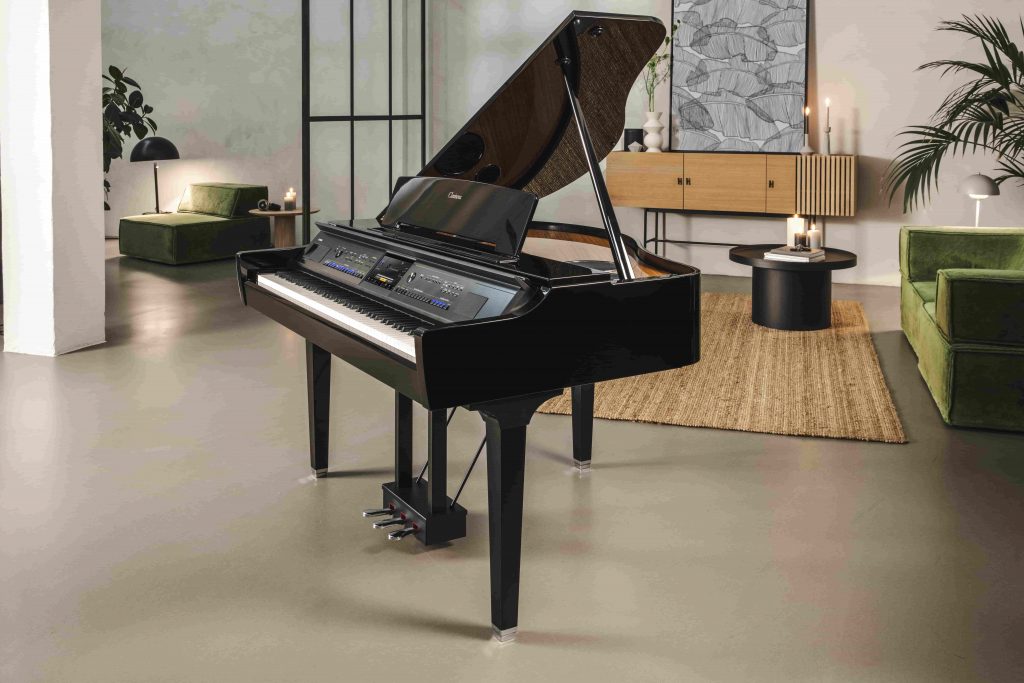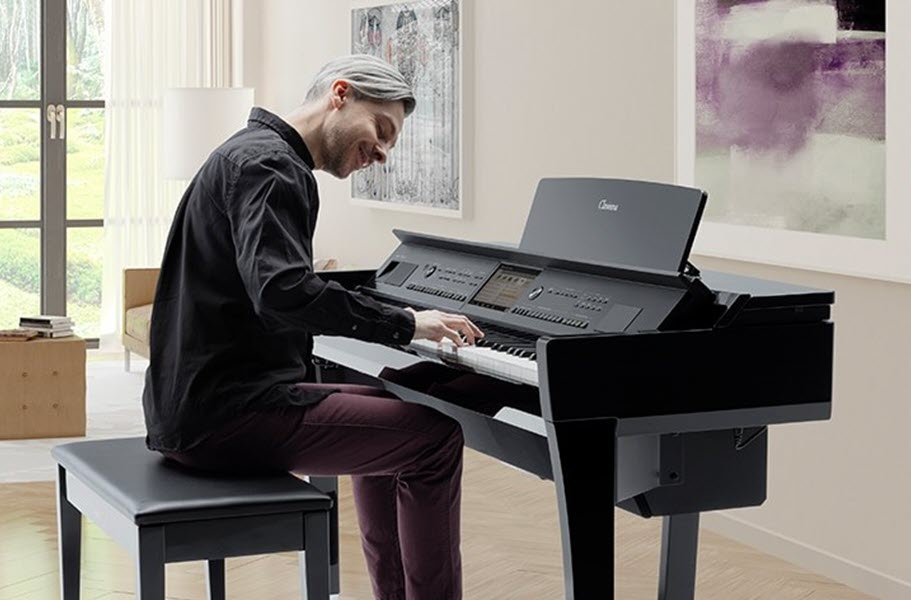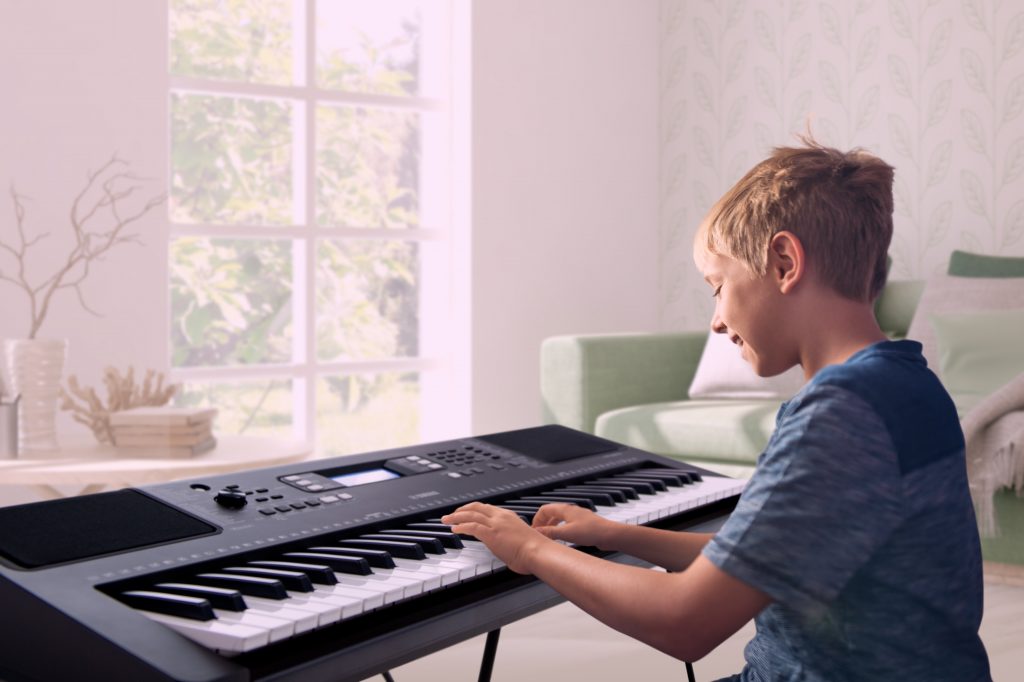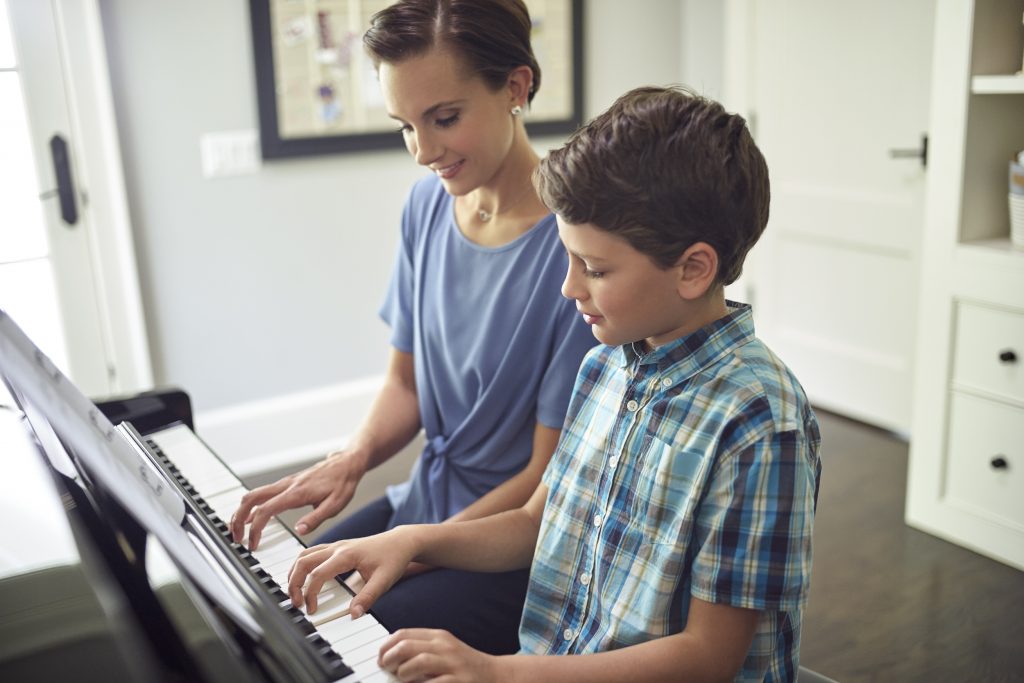Which Digital Piano Is Right for Me?
Here’s what you need to know in order to select the ideal digital piano.
Which digital piano is best for you?
If this is a question you are asking of yourself, I’m guessing that you have already decided to purchase a digital piano, as opposed to the many other choices out there, including portable keyboards, acoustic pianos, and so-called “hybrid” pianos.
Ultimately, the decision as to which digital piano to purchase generally comes down to four basic factors: price, size, skill level and features. In this article, I’ll outline some considerations for each, and then conclude with a handy website link that will make the process of selecting the right digital piano even easier.
Before we dig in, however, let’s be clear about what makes an instrument a “digital piano.” The defining feature of a digital piano is that it has full-sized keys, and that those keys are fully weighted, like the keyboard of an acoustic piano. Piano teachers tend to recommend digital pianos to their students because this type of keyboard action is essential in developing proper technique.
Price
A digital piano immediately offers significant price savings over acoustic and hybrid options, because it does not need to be tuned or regulated — it’s essentially maintenance-free. That being said, digital pianos, like all other instruments, are available in a wide range of prices.
Yamaha offers three categories of digital pianos. Starting from the most inexpensive, they are:
Portable Digital (P series and DGX series)
Arius (YDP series)
Clavinova (CLP, CSP and CVP series)
Your first task is to determine your budget, with the understanding that higher priced instruments often offer better piano sounds, higher quality speaker systems, more sounds to choose from, improved actions, and larger cabinets with more cabinet style options.
If budget is a major concern, Yamaha P series instruments provide a great basic solution, with an impressive piano sound and touch for the price. Looking for something more full-featured and able to spend a little more? Consider a DGX Portable Grand instead. For just a little more money you may want to check out an Arius YDP, which looks more like an acoustic piano. Finally, there is the Clavinova series, voted by Time® Magazine as one of the world’s most influential musical “gadgets” of all time. If you want the very best in tone, touch, features and cabinet styles, this is the line for you, with a number of premium options.
In my experience, people often regret not buying the larger instrument they were considering, with a sort of a buyer’s remorse in reverse as they proceed on their musical journey. I think the reason is that the more you play, practice and listen, the more your “ear” improves over time. The piano that sounded superb when you purchased it a few years ago eventually starts to sound, well, not quite as good as you remember.
Size
When it comes to size, it really comes down to whether or not you are interested in a piece of furniture or not. YDP and Clavinova offer something that actually looks a lot like an acoustic piano in a variety of furniture style options. Clavinovas come in a whole range of sizes, from the small-sized CLP-725 to the top-of-the-line CLP-895GP, which looks like a miniature grand piano.
Keep in mind that all Yamaha digital pianos offer a full 88-note keyboard, same as a traditional piano. This means that the instrument’s width is not going to change significantly from model to model; you’ll find more diverse size variation in terms of the piano’s height and depth. The P-series, being the most portable of all the Yamaha options, can actually be tucked away in a closet when not in use. However, there’s a downside in that this can serve as a barrier to spontaneous play and practice — there’s less of a reminder when your passion isn’t right in front of you!
Skill Level
Your skill level is another important determining factor. A concert pianist or an Elton John is not going to be happy playing an entry-level digital piano. The reason is simple: Higher-end digital pianos provide the superior tone and touch that their skill requires. For one thing, such pianos often offer something called “string resonance” — a technology that simulates the harmonic resonance (a big factor in tonal quality) that skilled pianists get from their acoustic pianos. More advanced digital pianos also have a more realistic “feel” because they simulate the weighted action of an acoustic piano, complete with synthetic ivory, graded hammers and escapement (the part of the piano mechanism that enables a hammer to fall back as soon as it has struck the string).
One renowned educator has observed that, regardless of your skill level, “you can’t practice good tone into an inferior piano.” He goes on to pose the rhetorical question, “If you purchase a piano without good tone and touch, and you eventually get good, how will you know?” Wise words!
Features
This covers both the advanced piano technology we’ve already discussed (in terms of tone and touch, which may be of greater importance to skilled players), as well as other high-tech features that may be of interest for people at all skill levels.
For example, many digital pianos offer the ability to record and share your performances — some even include a microphone input to include your singing! Some allow you to play along with pre-recorded background arrangements, enabling you to sound like a complete orchestra as you play just the piano part. Some even allow you to control the “backup band” with the loudness or softness with which you play basic left-hand chord accompaniments.
Click here to visit a specially designed website that provides side-by-side descriptions of the four lines of Yamaha digital pianos discussed here. “Learn More” options provide detailed information for each, along with links to specific models that include photographs, features and specifications.
You’ll find that doing a little basic research will lead you to the best digital piano for you. And isn’t that what it’s all about?
Click here for more information about Yamaha digital pianos.











